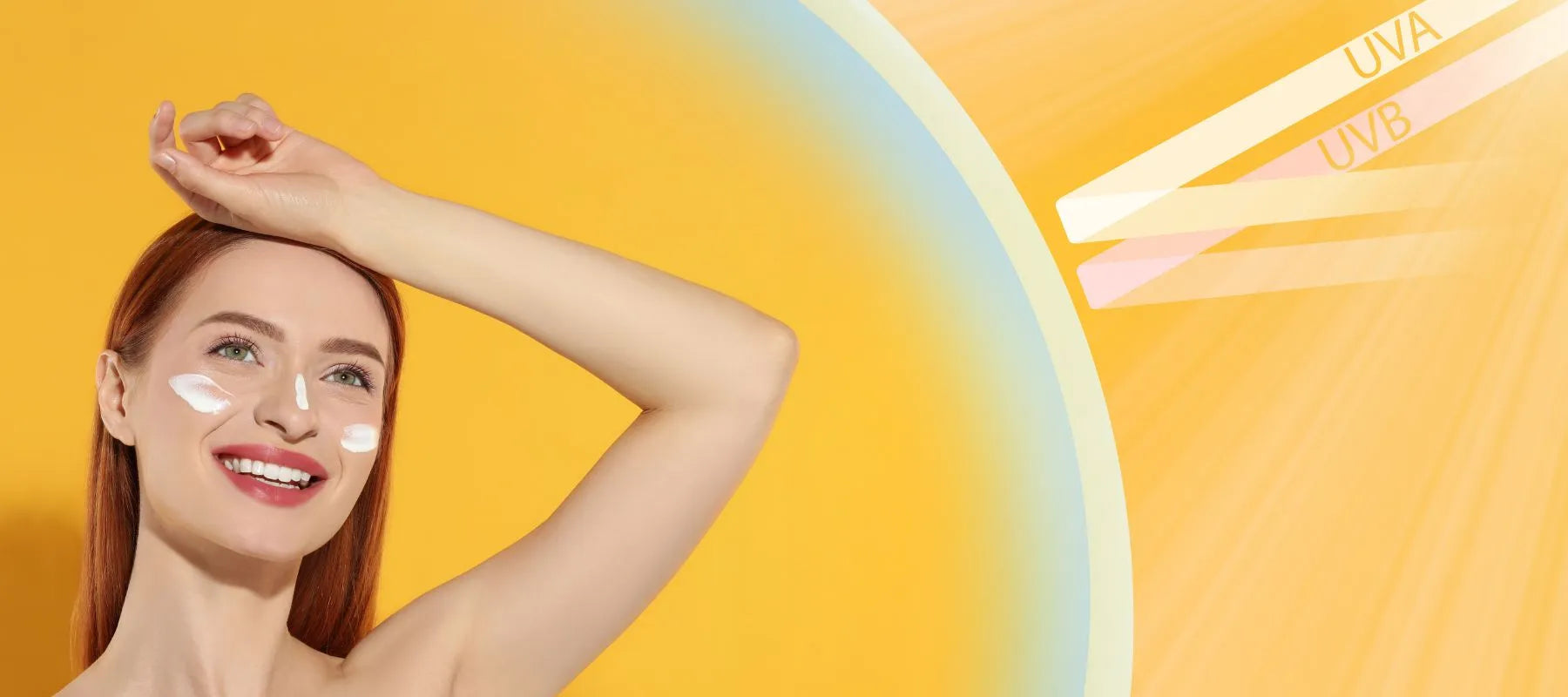
UVA vs UVB rays: What's the difference and how to protect your skin
The increasing effect of global warming has popularised the term UV rays. Everyone is more or less aware of what UV rays are and their adverse effects on our daily lives. Especially as summer is becoming all the more unbearable with the sun's rays unleashing their wrath on us, the concern is becoming more prominent.
But how many of you know that there are two variants of UV rays? Or that the different types affect the skin in different ways? Yes, the two kinds are UVA and UVB rays. For a more detailed understanding, read along as we gradually unravel the difference between UVA and UVB rays.
What Are UV Rays?
The concept of UV rays is known to all. However, for the unversed, these are ultraviolet rays that are emitted by the sun or various other artificial sources that are shorter than visible light but longer than X-rays. Hence, they are invisible to human eyes. Though there are various types of UV rays, the two common variants that are emitted from the sun and reach the Earth are UVA and UVB rays.
As these are a form of ionising radiation, they are capable of damaging the DNA in cells, which may cause critical health hazards like cancers. Additionally, it can negatively impact your skin and cause disorders like tanning, premature ageing, acne, itchiness, etc.
UVA Vs UVB: What Is The Difference?
Before we divulge in more detail how you can prevent skin damage from UVA and UVB rays, it is important to have a basic knowledge of both the variants and how they differ.
A quick overview - UVA vs UVB rays
|
UVA Rays |
UVB Rays |
|
|
1. |
Longer Wavelengths |
Shorter Wavelengths |
|
2. |
Lower energy levels |
Higher energy levels |
|
3. |
Causes skin tanning, sunburn, etc. |
Can cause cancer |
|
4. |
Deeper penetration into the skin layers |
Mostly affects the surface layer of the skin |
|
5. |
95% of the sun’s UV rays |
5% of the sun’s UV rays |
How UVA Rays Impact The Skin
As you have seen in the tabular comparison, the variants affect the skin in different ways. Though prolonged exposure to UV rays as a whole is harmful to the skin, UVA limits its negative impact only on skin conditions. Let us look at the two most common skin disorders in this case.
-
Premature Ageing
As referred to in the table above, in the UVA vs UVB comparison, the former can penetrate deeper into the skin layers than the latter; hence, it causes premature ageing of the skin. When the rays penetrate the inner layers of the skin, they affect the elasticity of the skin cells, which causes the appearance of fine lines, wrinkles, etc. This sun-induced premature ageing is commonly known as 'photoaging'.
-
Skin Tanning
This is predominantly considered a defence mechanism of the skin to protect itself from the harmful effects of the sun's rays. When the UVA rays continuously trigger the melanocytes, the skin produces an excess amount of melanin. Melanin is the dark brown pigment that makes our skin appear dark. This is one of the very common skin issues that we suffer from nowadays.
Also read: Tanning of Skin: Causes, Effects and Prevention Strategies
How UVB Rays Impact The Skin
The UVB rays are more dangerous than UVA as they are known to aid in causing skin cancers. Though they have a lower penetration capability and less presence than UVA rays, they can cause skin conditions like blisters, burning, etc. Here, we will discuss the two disorders it is responsible for.
-
Skin Blistering
Blisters are when fluid fills up the space between the two skin layers. They are very painful and can cause skin redness. UVB causes skin blistering by damaging the surface cellular layer. It can also cause sunburn in case of prolonged exposure.
-
Skin Cancer
There are three types of skin cancer that UVB rays can cause: basal cell carcinoma, squamous cell carcinoma and the more serious melanoma. The scientific logic here is that the UVB rays cause DNA mutations that trigger different kinds of skin cancers. Hence, protecting your skin from UVB rays is a dire necessity.
How To Protect Your Skin: UVA Vs UVB Protection
We all know that the only solution to protect our skin from UV rays is frequently applying sunscreen. However, if you are contemplating between UVA and UVB sunscreen, then the best way to protect your skin from both rays is by opting for Pink Foundry's Mineral Matte Tinted Sunscreen. This is a broad-spectrum sunscreen, which means that your skin will be protected from both UVA and UVB sun rays. You can also opt for Dewy Hydrating Hybrid Sunscreen SPF 50+, which offers maximum protection to your skin.
Are you wondering how to integrate these sunscreens into your daily skincare routine? Let us help you out. Listed below is a basic regime that you can easily follow.
-
Cleansing
First and foremost, before applying any product, you need to clean your face from the depth to unclog your pores. If you are a make-up person, then begin with micellar water followed by a mild face wash. It is best to use a chemical-free, calming face wash to avoid any skin irritation. Let your skin dry up, or pat dry the skin with a towel.
-
Toner / Exfoliator / Serum
Once you are done cleaning your face, you can either apply serum or toner. In order to remove unwanted build-ups, you can use a gentle scrub to exfoliate the skin. But be careful not to overdo it, or it might agitate the skin.
-
Moisturiser
Next, a moisturiser is applied after the skin has absorbed the previous product. This is necessary for hydrating and nurturing the skin. This will help you to achieve plumper and glowing skin. It is a very important step in every skincare routine.
-
Sunscreen
As this is the heaviest of all the products, this should be the last product to layer your skin with. You can choose any one of the two sunscreens mentioned above in this step. For more effective results, reapply the product after every two hours. Moreover, if you are a swimmer, apply it once you are done with the activity.
Also read: 7-10 harmful effects of not using sunscreen
Conclusion
UVA and UVB rays are harmful; the intensity may differ, but in general, both negatively impact our skin. Hence, opting for a broad-spectrum hybrid hydrating sunscreen with more than SPF 30 is an absolute necessity to prevent various skin hazards.
FAQs:
1. Can I apply sunscreen separately?
No, just applying the product will not provide you with desirable results. Instead, you need to integrate it into a skincare regime properly.
2. What is the best technique to apply the product?
The best way is using the two-finger technique. This ensures that the skin absorbs the right amount of sunscreen.
3. How can I save my skin from both UV rays?
Choosing a broad-spectrum sunscreen like Pink Foundry's sunscreen variants is the best option. Moreover, they also offer adequate hydration, which is definitely an added benefit.

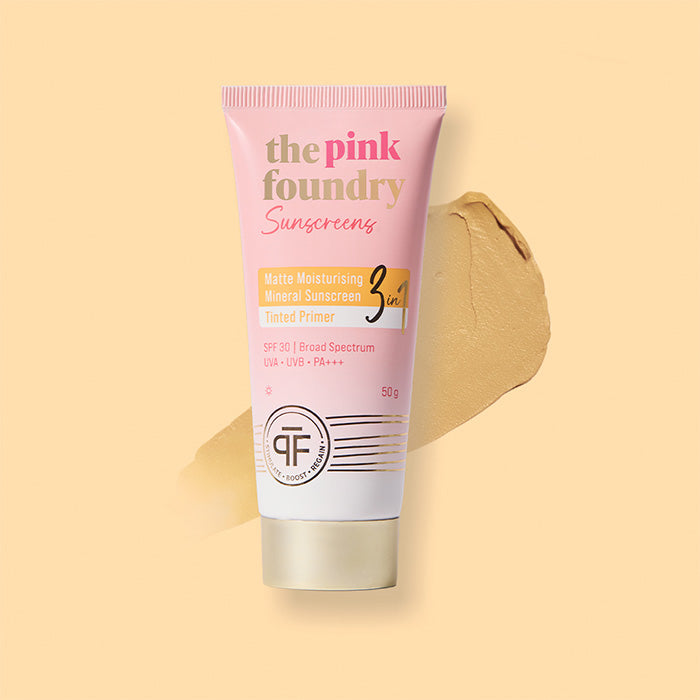
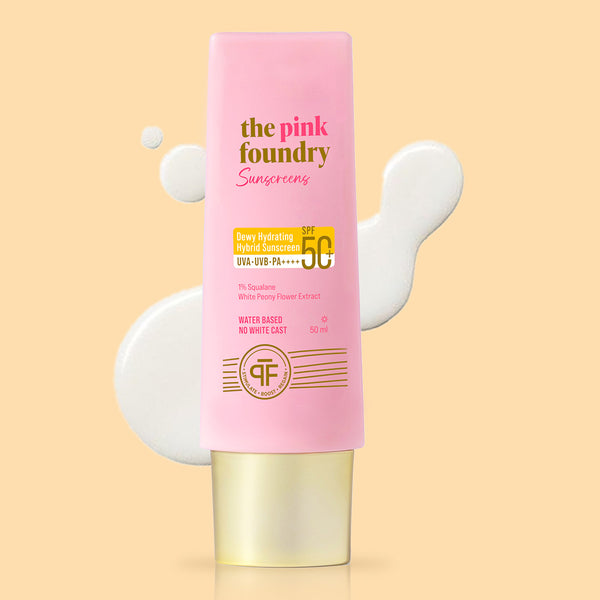



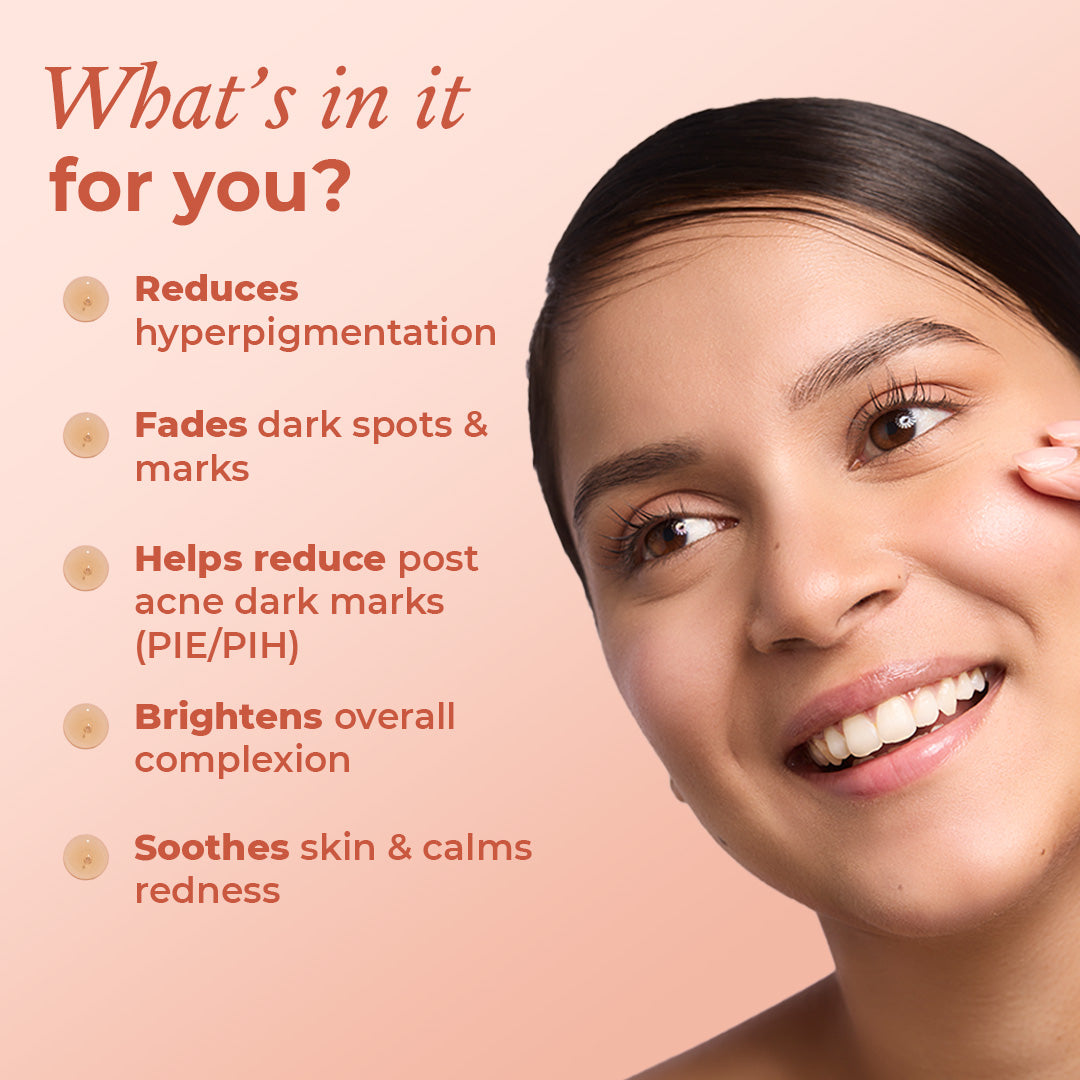

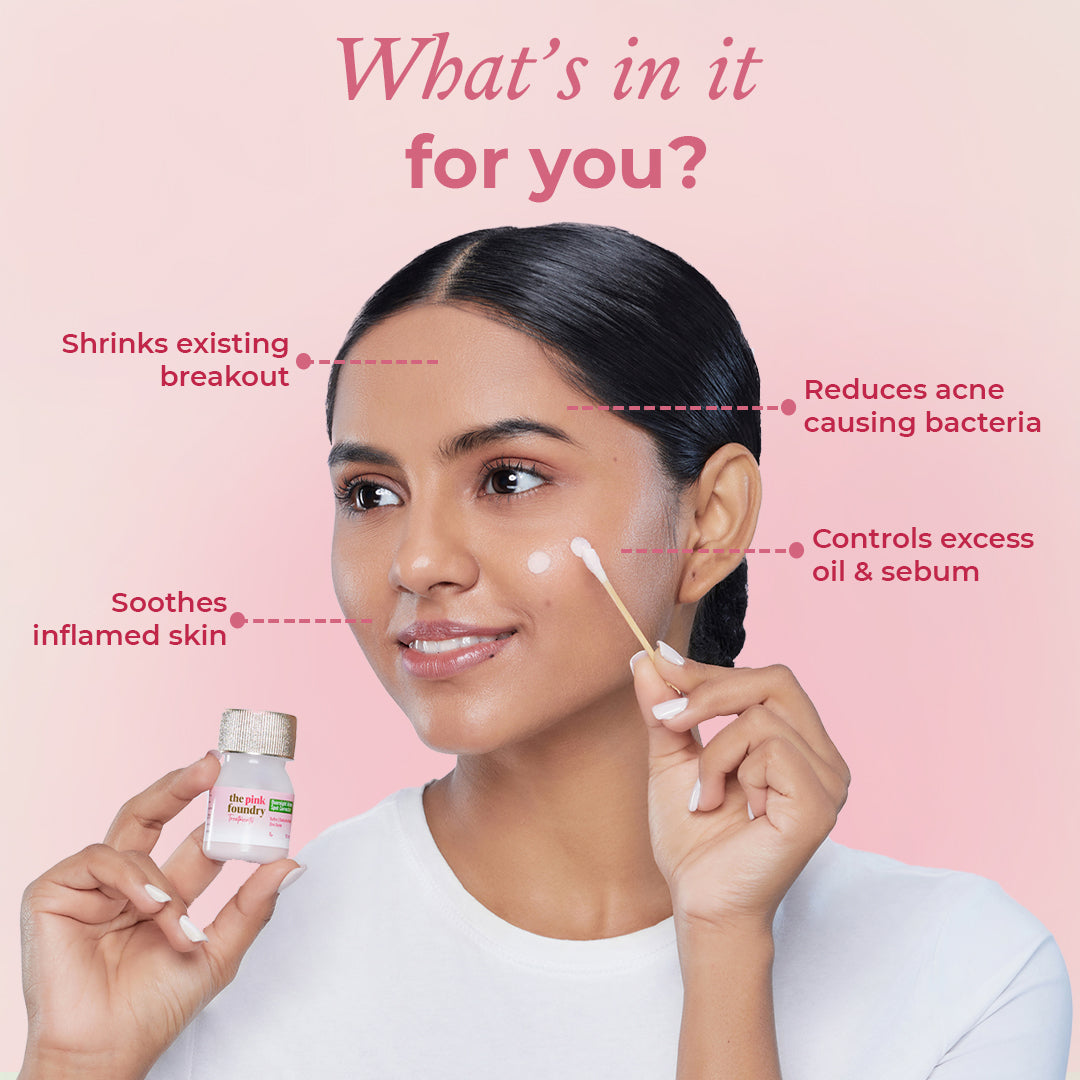
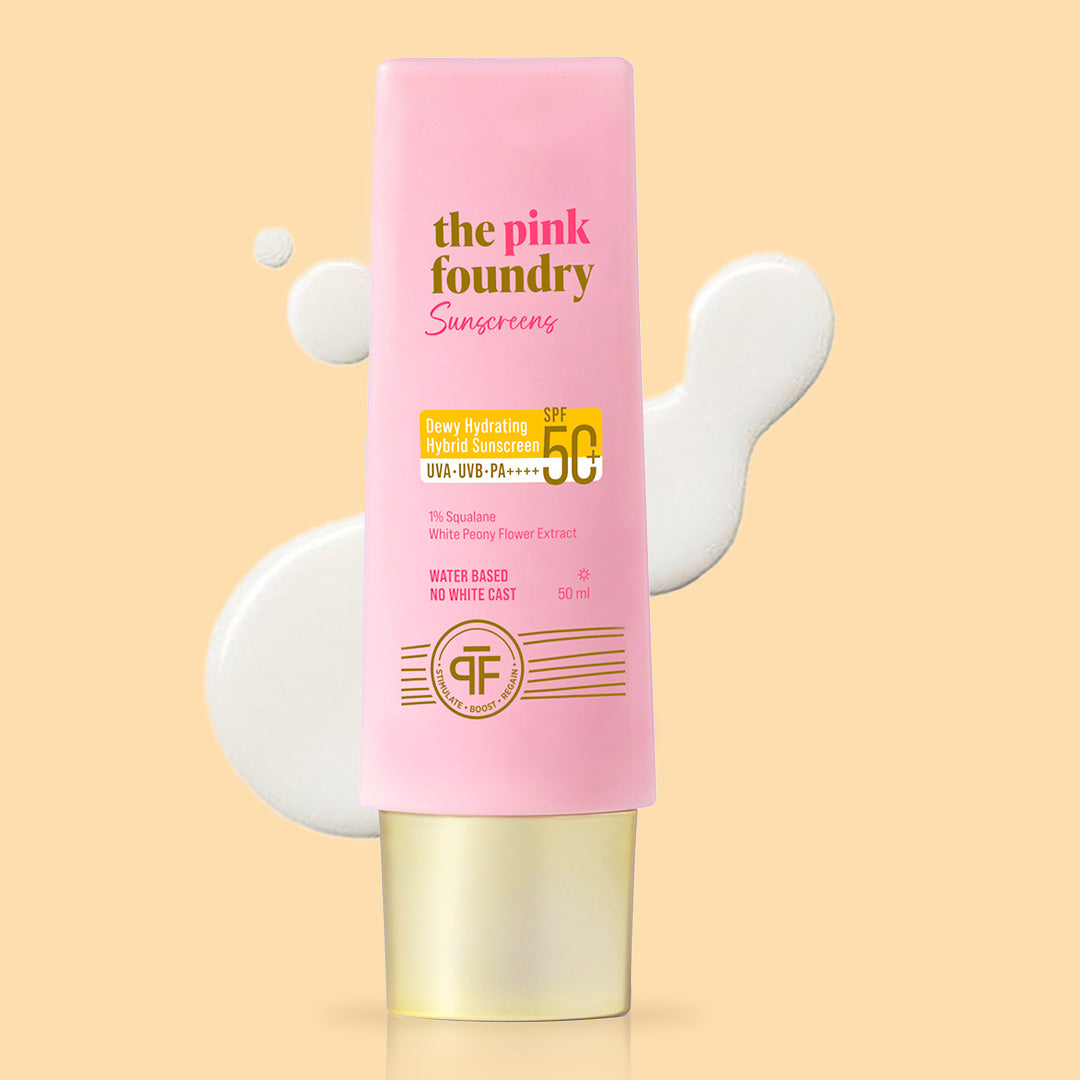
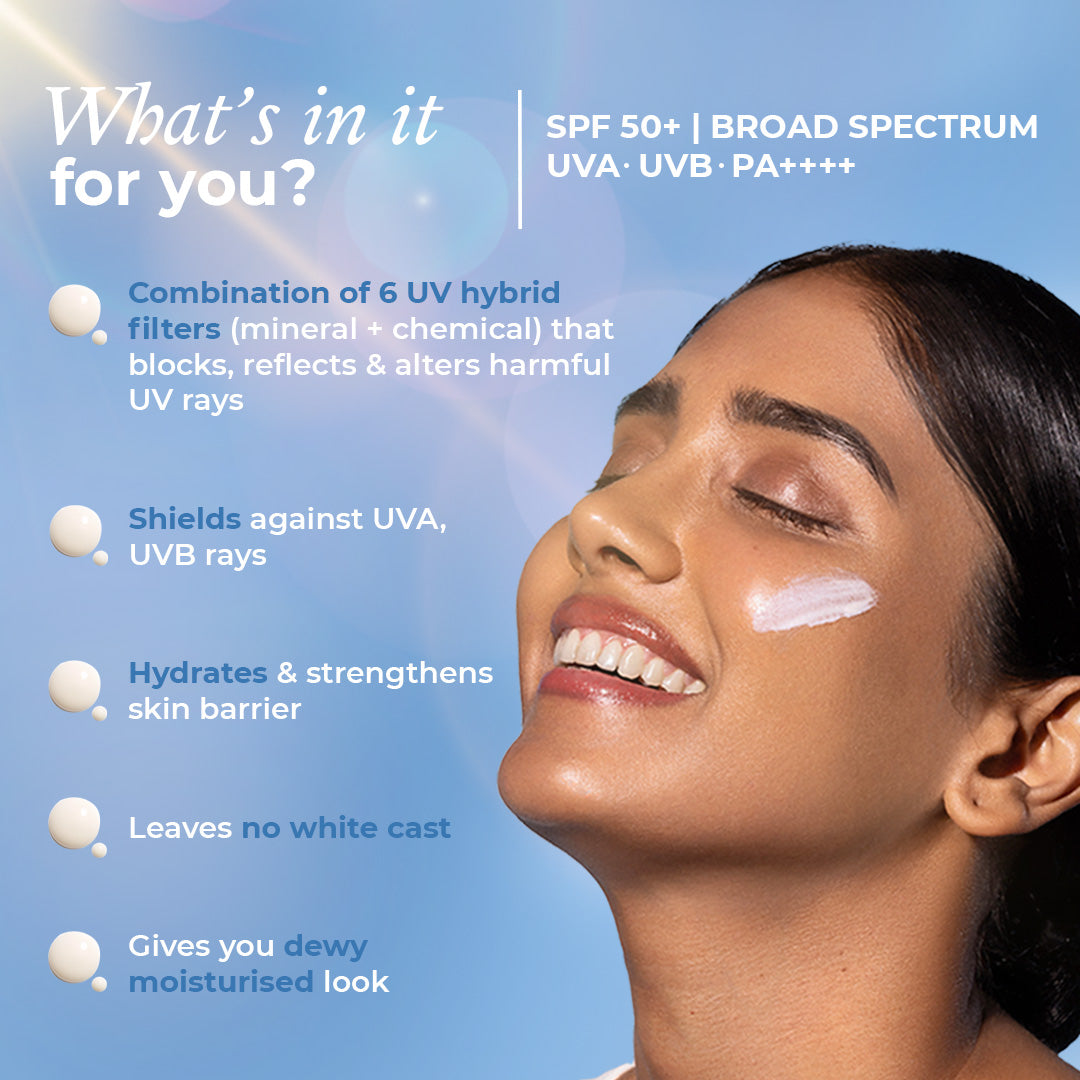
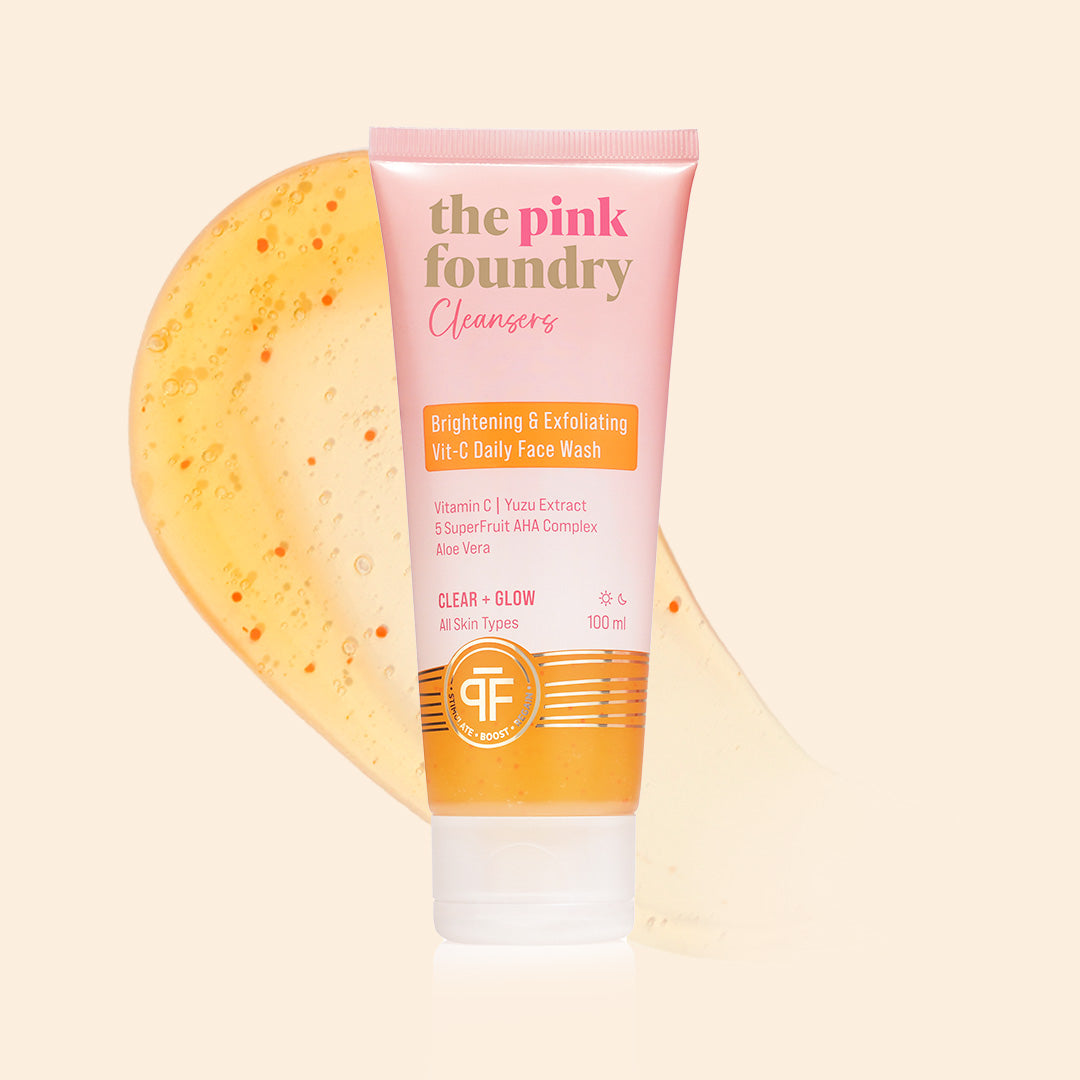
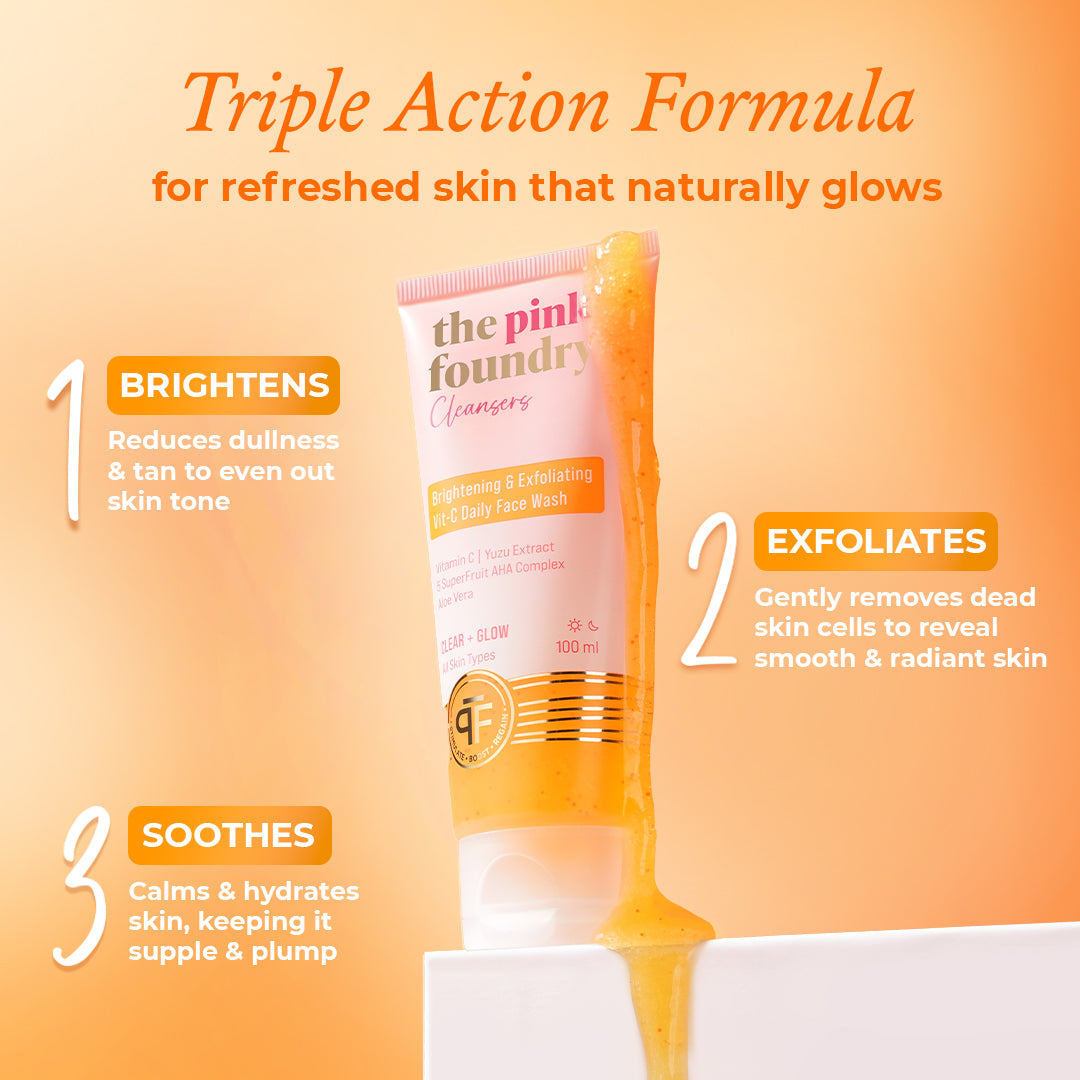
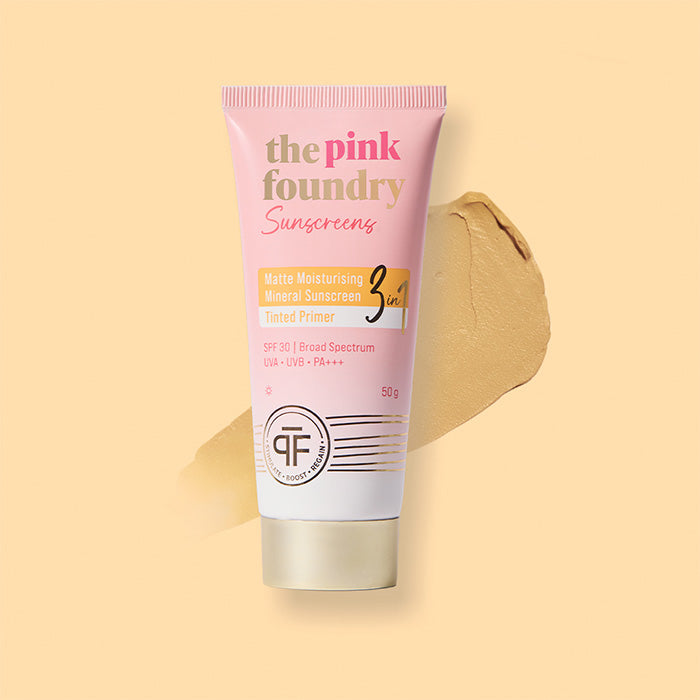
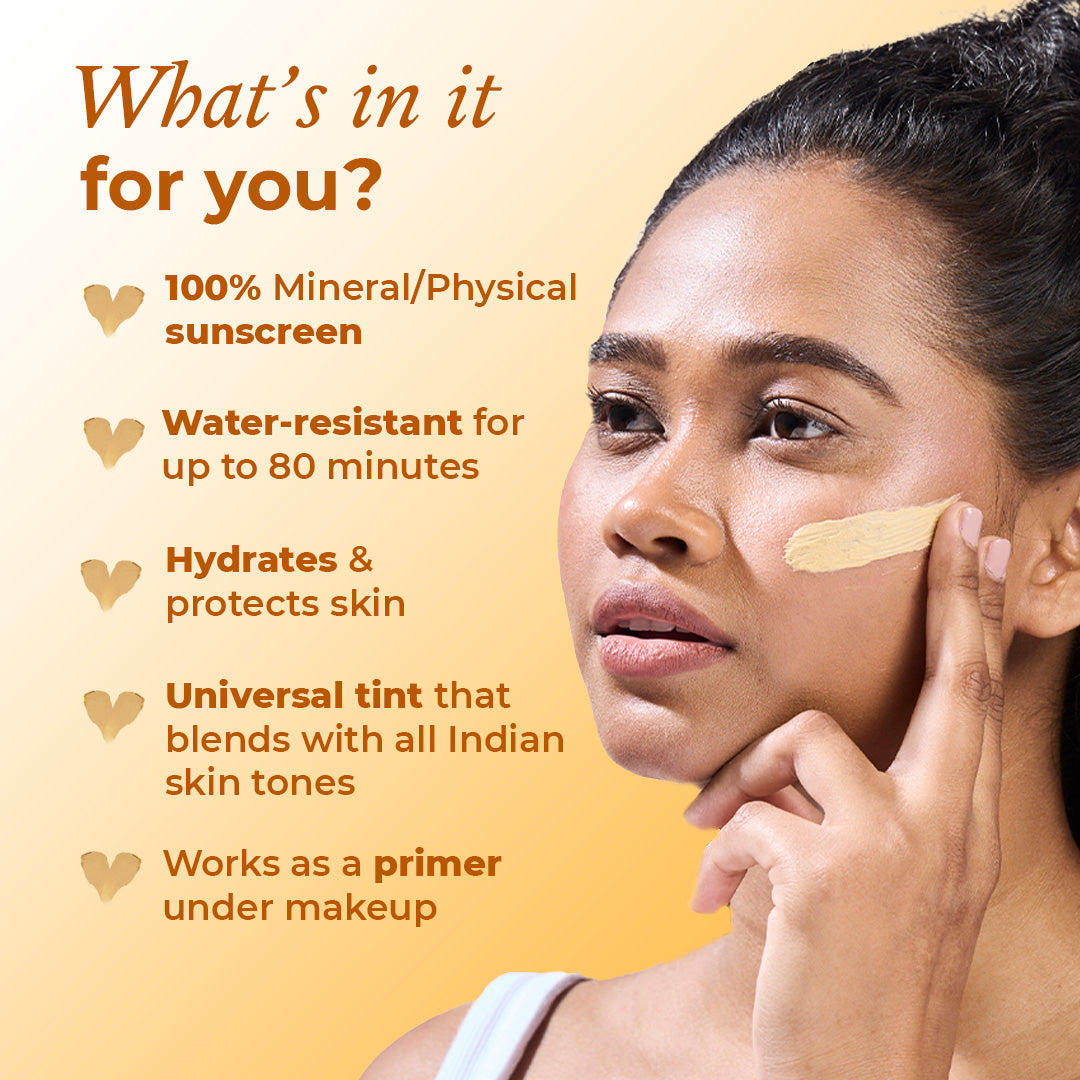
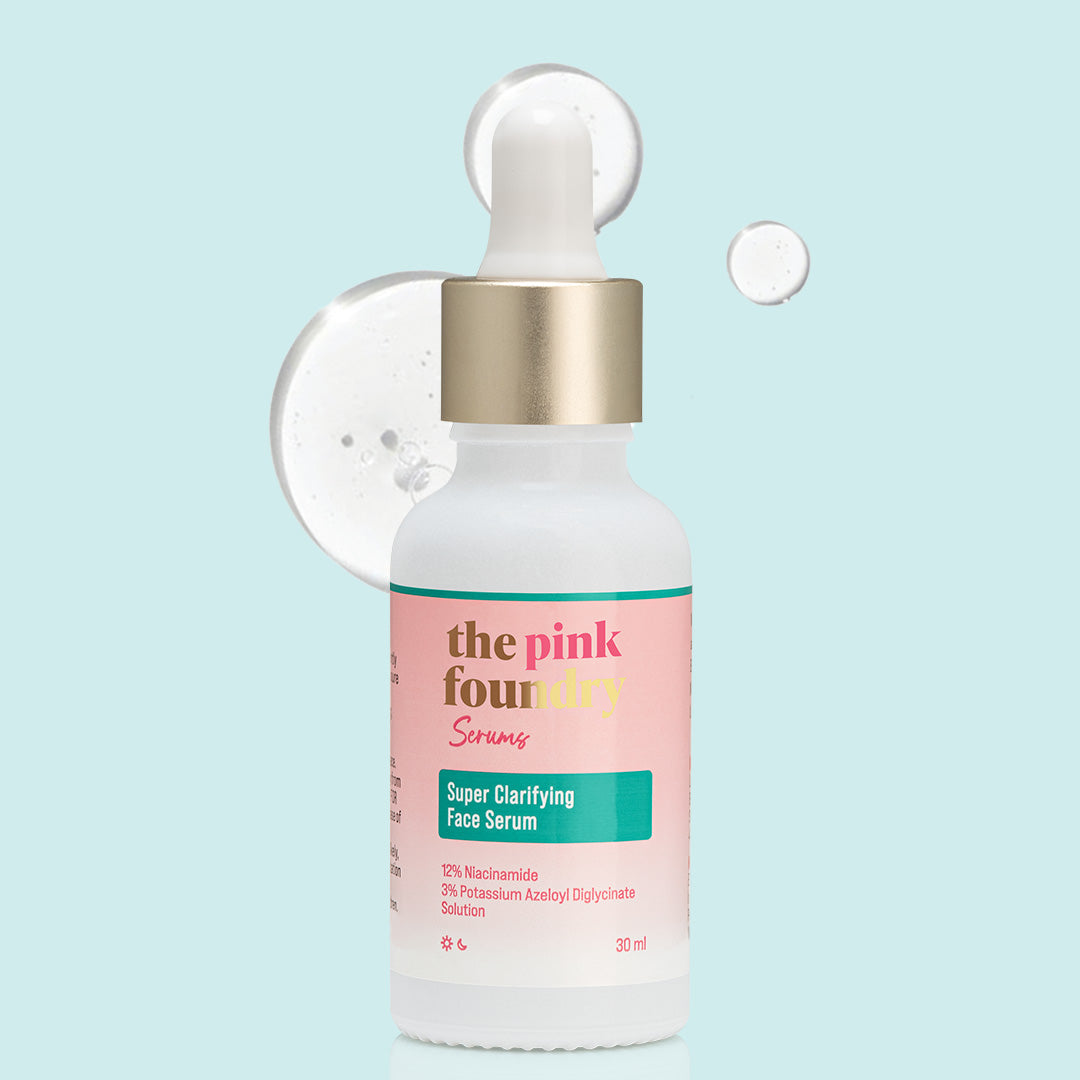
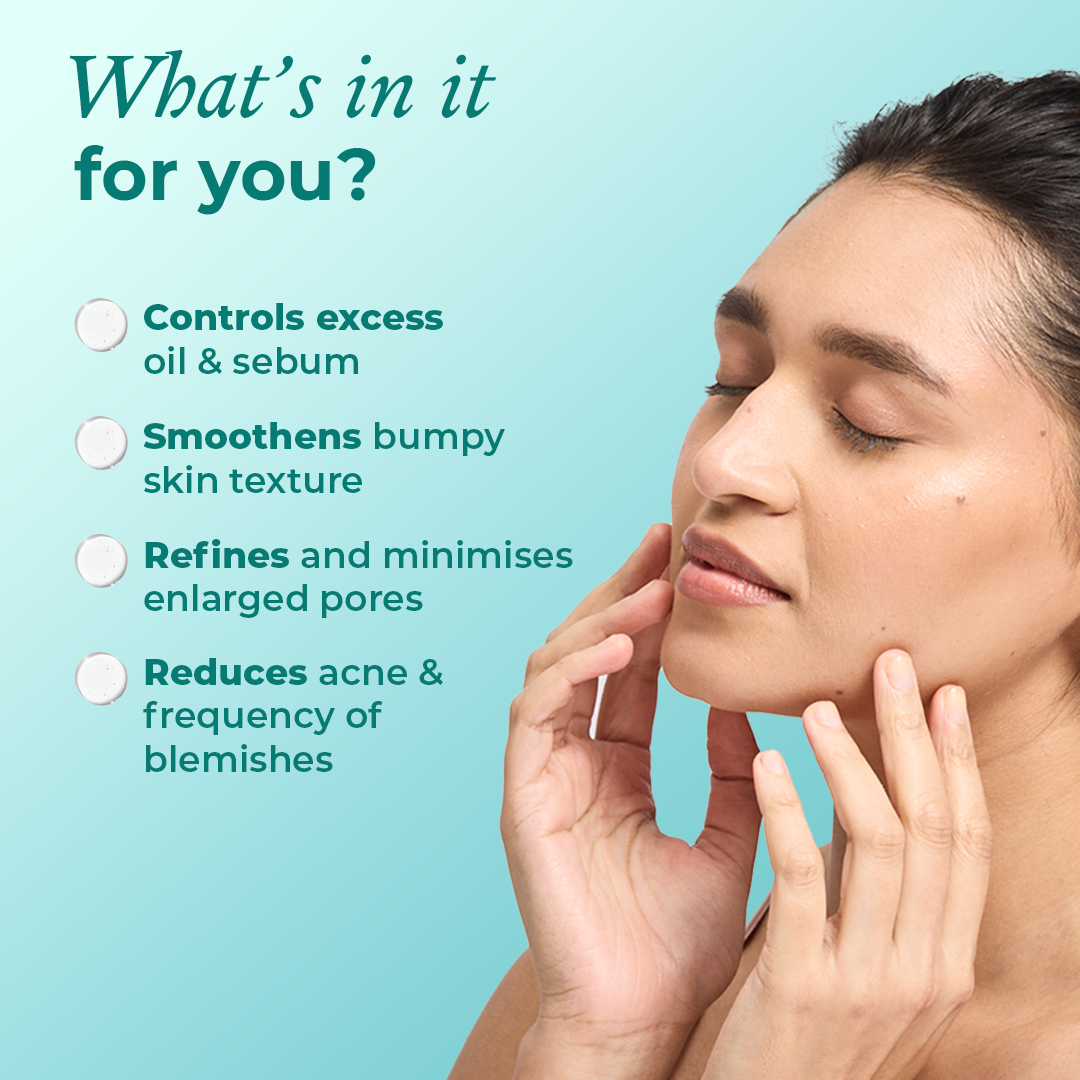

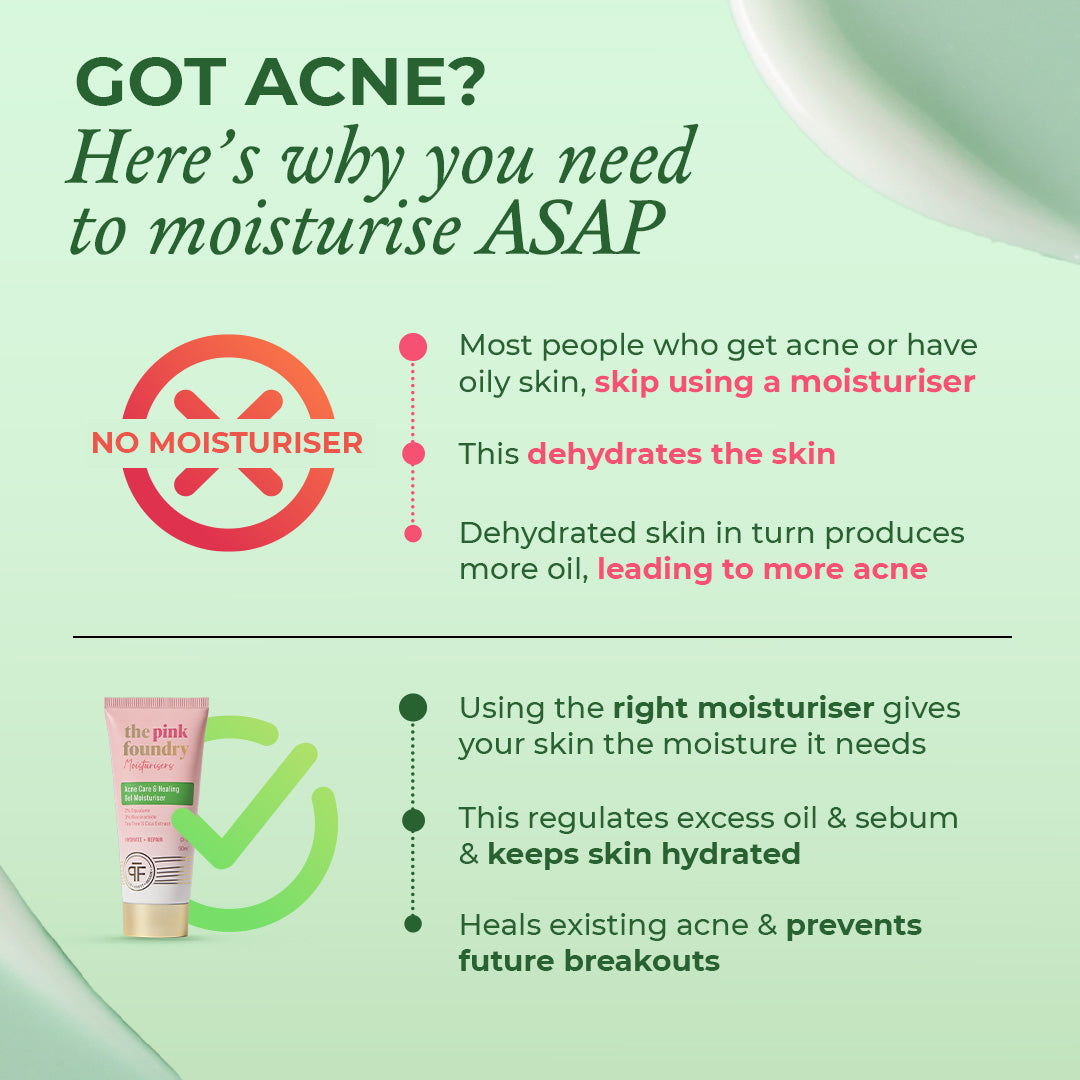
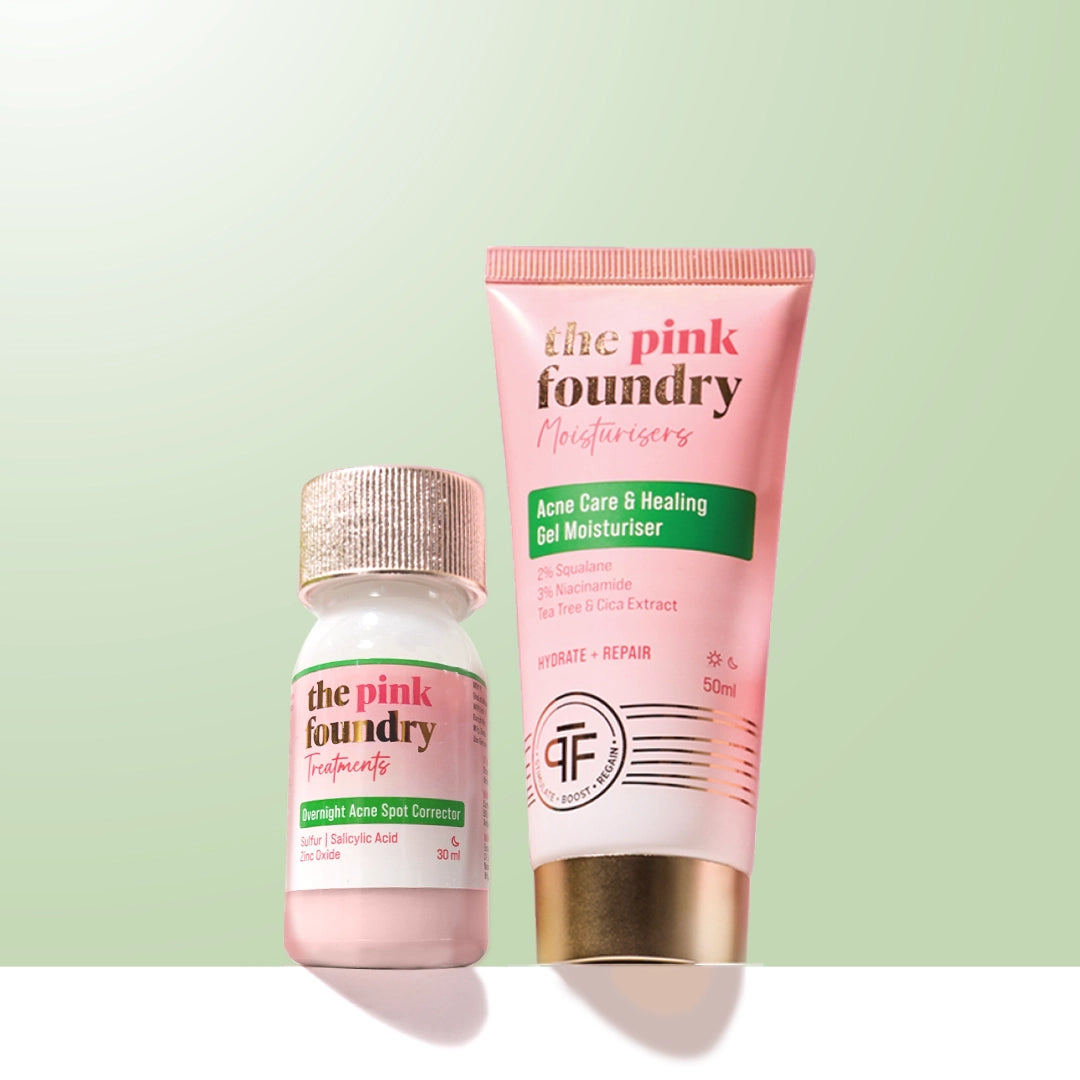
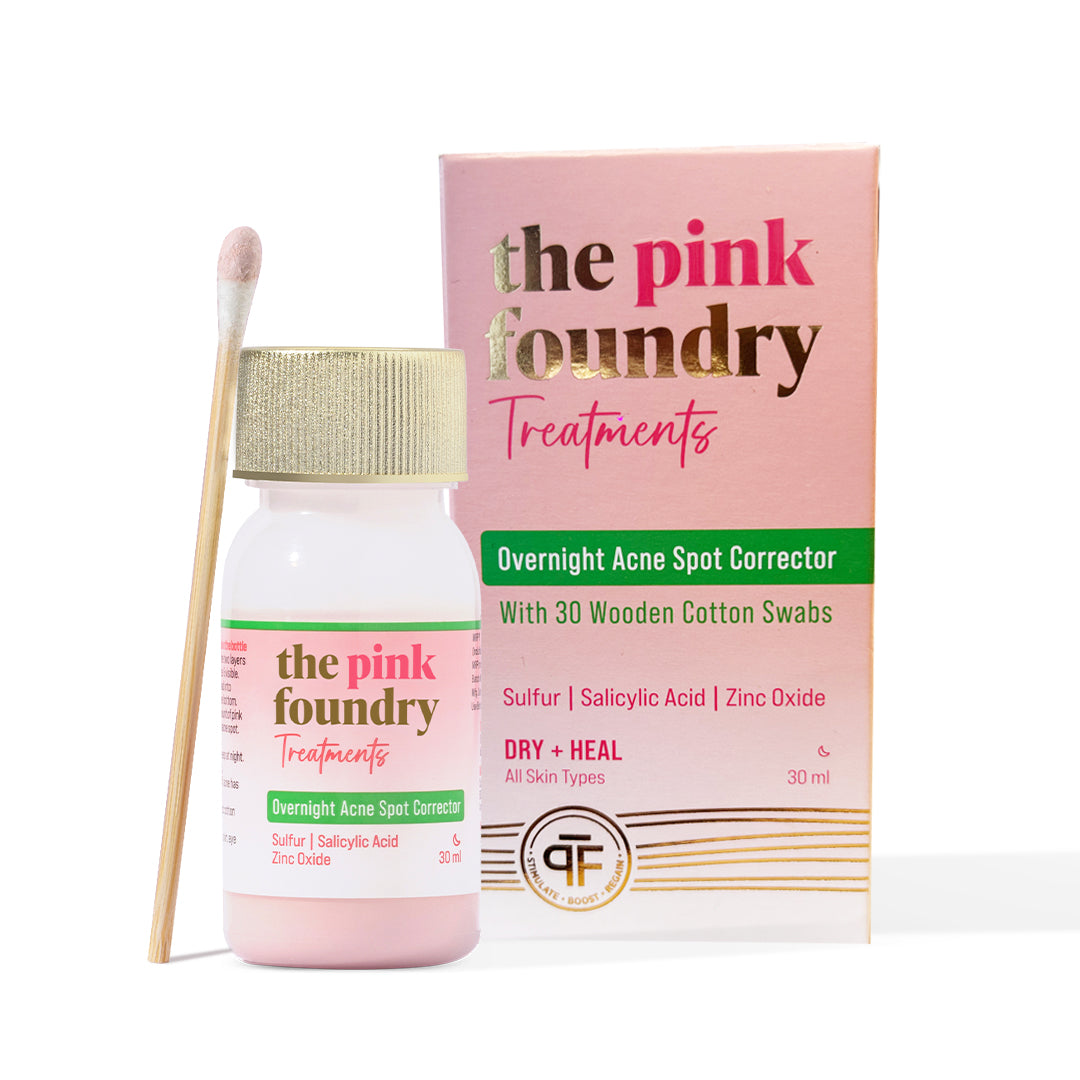
Leave a comment
This site is protected by hCaptcha and the hCaptcha Privacy Policy and Terms of Service apply.